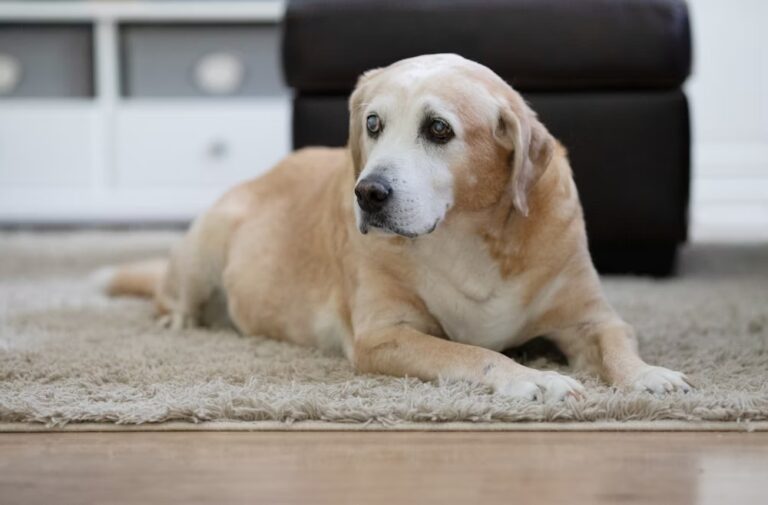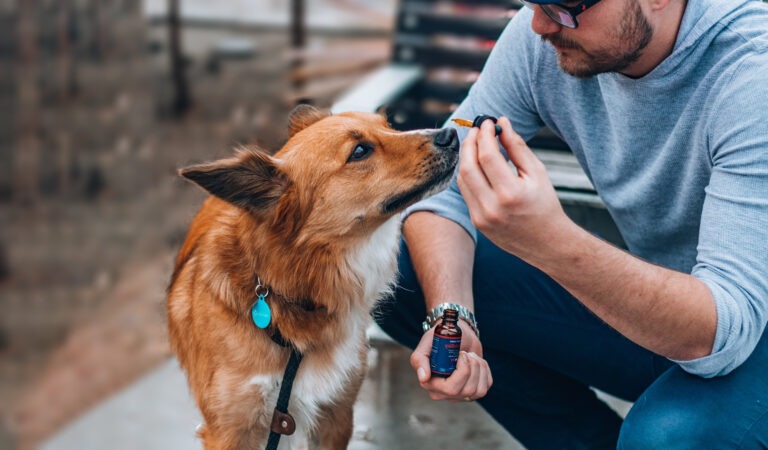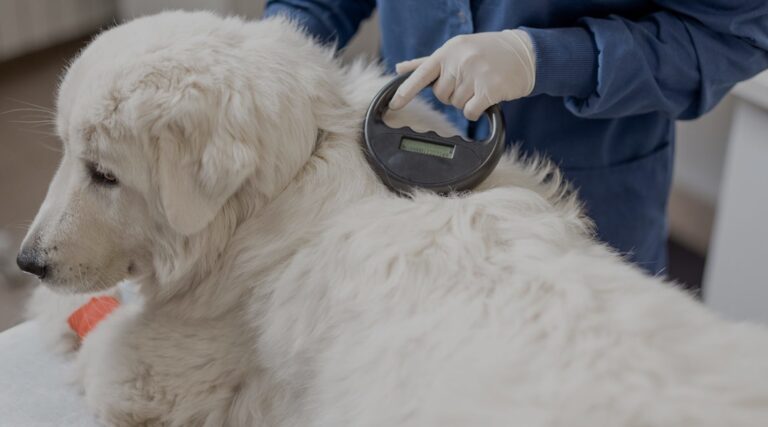Understanding the causes and effective management of dog hair loss is crucial for maintaining your pet’s overall health and well-being. In this comprehensive guide, we will delve into the various factors that contribute to this common issue, provide valuable insights into identifying the underlying causes, and offer expert tips on how to effectively manage and minimize hair loss in dogs. Whether you are a concerned pet parent or a professional in the field, this article will equip you with the knowledge and strategies needed to address and alleviate dog hair loss effectively.
Causes of Dog Hair Loss
Allergies
Allergies can be a leading cause of hair loss in dogs. Just like humans, dogs can also suffer from allergies, which can manifest in various ways, including hair loss. Allergies can be triggered by environmental factors such as pollen, dust mites, or certain chemicals. Food allergies can also contribute to hair loss in dogs. It is important to identify the specific allergen causing the reaction to effectively manage hair loss due to allergies. Consulting with a veterinarian can help determine the underlying cause and develop an appropriate treatment plan.
Parasites
Parasites are another common cause of hair loss in dogs. Fleas, ticks, mites, and lice are some of the parasites that can infest a dog’s fur and skin, leading to hair loss. These parasites often cause intense itching and irritation, resulting in the dog scratching or biting at their skin, leading to further hair loss. Regular grooming, including thorough inspections for parasites, can help prevent infestations. Treatment options may include topical medications, oral medications, or collars designed to repel or kill parasites.
Infections
Infections, particularly bacterial or fungal infections, can also cause hair loss in dogs. These infections can affect the skin and hair follicles, leading to inflammation and subsequent hair loss. Skin infections can occur due to various factors, such as poor hygiene, allergies, or compromised immune system. Identifying the specific type of infection is crucial for effective treatment. A veterinarian may perform tests, such as skin scrapings or cultures, to determine the exact cause of the infection and prescribe appropriate medications or topical treatments.
Understanding the different causes of dog hair loss is essential in managing and treating the condition. By identifying allergies, parasites, and infections as potential culprits, pet owners can take the necessary steps to address the underlying issue and promote healthy hair growth in their beloved dogs.
Symptoms of Dog Hair Loss
Patchy Hair Loss
Patchy hair loss is one of the common symptoms observed in dogs experiencing hair loss. It refers to the occurrence of hair loss in specific areas of the dog’s body, leaving patches of bare skin exposed. These patches may vary in size and shape and can be easily noticed by a pet owner. Patchy hair loss can be caused by various factors, including allergies, skin infections, hormonal imbalances, or even certain medical conditions. It is essential to identify the underlying cause to effectively manage and treat the hair loss.
Excessive Shedding
Excessive shedding is another symptom frequently associated with dog hair loss. While shedding is a natural process for dogs to get rid of old or damaged hair, an excessive amount of shedding can be indicative of an underlying issue. If you notice an unusually high amount of loose hair on your dog’s coat or find clumps of hair around your home, it may be a sign of hair loss. Excessive shedding can be caused by factors such as poor nutrition, stress, allergies, parasites, or underlying health conditions. Identifying the cause and addressing it promptly can help manage the shedding and minimize hair loss.
Bald Spots
Bald spots are a clear indication of hair loss in dogs. These areas of complete hair loss can appear on various parts of the dog’s body, such as the back, tail, ears, or abdomen. Bald spots can be accompanied by redness, inflammation, or irritation of the skin. Several factors can contribute to the development of bald spots, including fungal or bacterial infections, parasites (such as fleas or mites), autoimmune disorders, or hormonal imbalances. Identifying the specific cause of the bald spots is crucial in determining the appropriate treatment and ensuring effective management of the hair loss.
Understanding the symptoms associated with dog hair loss is essential for pet owners to identify potential issues early on. If you notice patchy hair loss, excessive shedding, or bald spots on your dog, it is advisable to consult a veterinarian for a thorough examination and proper diagnosis. Early detection and appropriate treatment can significantly improve the chances of resolving the hair loss and ensuring your furry friend’s overall well-being.
Diagnosing Dog Hair Loss
Physical Examination
A physical examination is one of the first steps in diagnosing dog hair loss. It involves a thorough inspection of your dog’s skin, coat, and overall appearance. During the examination, the veterinarian will look for any visible signs of hair loss such as bald patches, redness, inflammation, or lesions. They will also check for any other accompanying symptoms like itching, flaking, or skin infections. By closely examining your dog’s physical condition, the veterinarian can gather valuable clues about the underlying cause of the hair loss.
Skin Scraping
Skin scraping is another diagnostic technique commonly used to determine the cause of dog hair loss. This procedure involves gently scraping the surface of your dog’s skin using a sterile blade or a special tool. The collected samples are then examined under a microscope to identify any external parasites, such as mites or fleas, which could be causing the hair loss. Skin scraping allows for a more accurate diagnosis, especially in cases where external parasites are suspected.
Blood Tests
In some cases, blood tests may be necessary to diagnose the cause of dog hair loss. These tests help assess your dog’s overall health and detect any underlying medical conditions that could be contributing to the hair loss. Blood tests can provide valuable information about hormonal imbalances, nutritional deficiencies, thyroid problems, or autoimmune disorders, which are often associated with hair loss in dogs. By analyzing the blood samples, the veterinarian can determine the appropriate course of treatment and management for your dog’s specific condition.
Overall, diagnosing dog hair loss requires a comprehensive approach that includes a physical examination, skin scraping, and sometimes blood tests. This thorough evaluation allows veterinarians to identify the underlying cause of hair loss and provide appropriate treatment options. If you notice your dog experiencing hair loss, it is essential to seek veterinary assistance for an accurate diagnosis and effective management.
Treating Dog Hair Loss
Medication
Medication can be an effective way to treat dog hair loss, depending on the underlying cause. It is important to consult with a veterinarian before starting any medication. Here are some common medications used to treat dog hair loss:
- Steroids: Steroids can help reduce inflammation and suppress the immune system, which can be beneficial in cases where hair loss is caused by allergies or autoimmune disorders.
- Antifungals: If the hair loss is due to a fungal infection, antifungal medications may be prescribed to eliminate the infection and promote hair regrowth.
- Antibiotics: In cases where hair loss is caused by bacterial infections, antibiotics may be necessary to treat the underlying infection and restore hair growth.
- Hormone therapy: If hair loss is caused by hormonal imbalances, hormone therapy may be recommended to regulate hormone levels and promote hair regrowth.
Dietary Changes
In some cases, dietary changes can play a significant role in treating dog hair loss. Here are some dietary considerations that may help:
- Omega-3 fatty acids: Adding omega-3 fatty acids to your dog’s diet can help improve the overall health of their skin and coat. Fish oil supplements or foods rich in omega-3 fatty acids, such as salmon or flaxseed, may be beneficial.
- High-quality protein: Ensuring your dog’s diet includes high-quality protein sources can help promote healthy hair growth. Opt for protein-rich foods like lean meats, eggs, and legumes.
- Vitamins and minerals: Adequate intake of vitamins and minerals is essential for healthy hair growth. Ensure your dog’s diet includes a balanced mix of essential nutrients, or consider adding supplements under veterinary guidance.
Topical Treatments
Topical treatments can be used to address specific skin conditions contributing to hair loss. Here are some commonly used topical treatments:
- Medicated shampoos: Specialized medicated shampoos can help reduce inflammation, control infections, and promote hair regrowth. These shampoos often contain ingredients like benzoyl peroxide, ketoconazole, or salicylic acid.
- Topical creams or ointments: Depending on the cause of hair loss, topical creams or ointments may be prescribed to address specific skin conditions. These may include corticosteroid creams, antifungal creams, or antibiotic ointments.
- Topical sprays or lotions: Some topical sprays or lotions contain ingredients that help soothe irritated skin, reduce itching, and promote hair regrowth. These can be used as directed by a veterinarian.
Remember, it is crucial to consult with a veterinarian before implementing any treatment plan for your dog’s hair loss. They will be able to diagnose the underlying cause and provide appropriate guidance on the best course of action.
Preventing Dog Hair Loss
Regular Grooming
Proper and regular grooming is crucial in preventing dog hair loss. By maintaining a consistent grooming routine, you can help keep your dog’s coat healthy and minimize hair loss. Here are some grooming tips to follow:
- Brush your dog’s coat regularly to remove loose and dead hair. This will prevent matting and tangling, which can lead to hair breakage and loss.
- Use a suitable brush or comb depending on your dog’s coat type. Consult a professional groomer or veterinarian to determine the best grooming tools for your specific breed.
- Bathe your dog with a gentle and hypoallergenic shampoo to keep their skin clean and free from irritants that could cause hair loss.
- Regularly trim your dog’s nails to prevent scratching and potential skin damage that may result in hair loss.
- Pay attention to any skin abnormalities, such as redness, flakiness, or sores. If you notice any issues, consult a veterinarian for proper diagnosis and treatment.
Healthy Diet
A well-balanced and nutritious diet plays a significant role in maintaining a healthy coat and preventing hair loss in dogs. Ensure that you provide your furry friend with high-quality dog food that meets their specific nutritional needs. Consider the following dietary recommendations:
- Include protein-rich foods in your dog’s diet, such as lean meats, fish, and eggs. Protein is essential for healthy hair growth and strength.
- Incorporate omega-3 fatty acids into their meals, which can be found in fish oil or supplements. These fatty acids promote a healthy coat and skin, reducing the likelihood of excessive hair loss.
- Provide a variety of fruits and vegetables to ensure a good intake of vitamins and minerals. Antioxidants found in fruits and vegetables can help maintain a strong immune system, which supports overall hair health.
Avoiding Allergens
Allergens can trigger hair loss in dogs, especially if they have sensitivities or allergies. Take precautionary measures to minimize exposure to potential allergens:
- Keep your dog’s living environment clean and free from dust, mold, and other common allergens.
- Regularly wash your dog’s bedding and vacuum the areas they frequently occupy to reduce allergen accumulation.
- Be aware of any potential food allergies and eliminate ingredients that may cause adverse reactions. Consult a veterinarian for allergy testing or guidance on appropriate dietary adjustments.
By following these preventive measures, you can significantly reduce the chances of dog hair loss. However, if you notice excessive or sudden hair loss in your dog, it is recommended to consult a veterinarian for a proper diagnosis and suitable treatment plan.
Dog hair loss can be a common and concerning issue for pet owners. Understanding the causes and managing hair loss is crucial for maintaining the health and well-being of our furry friends. By identifying potential underlying factors such as allergies, hormonal imbalances, or nutritional deficiencies, we can take appropriate measures to address the issue. Regular grooming, a balanced diet, and veterinary consultation are key in managing and preventing excessive hair loss in dogs. Remember, while some hair loss is normal, any sudden or severe hair loss should be promptly addressed by a professional to ensure the overall health and happiness of our beloved pets.







